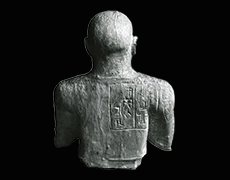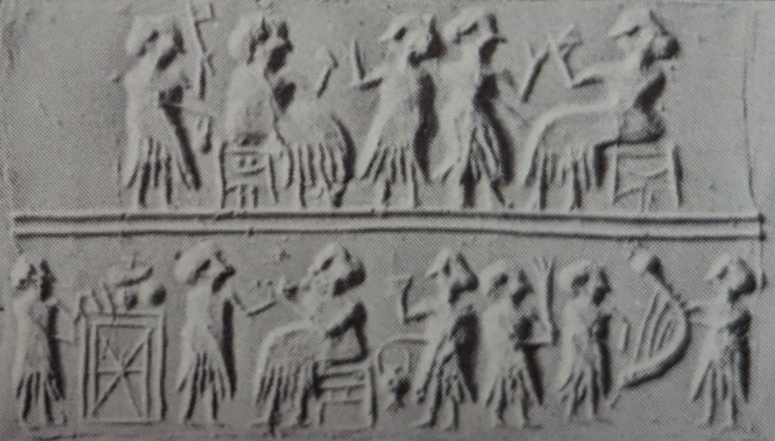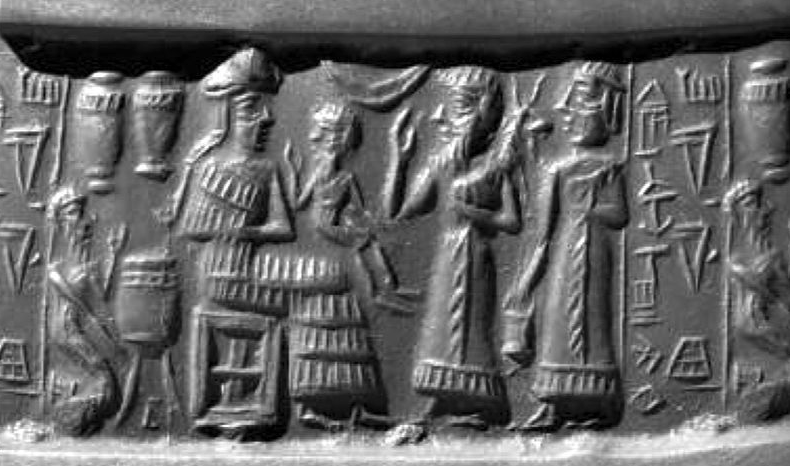
Sumerian religion was one of the earliest organized religions in human history and had a deep connection with the natural world.
The Sumerians believed that their gods, also known as the Anunnaki, were responsible for the creation of the world and the ordering of nature. They revered nature and worshipped a pantheon of nature deities who personified various elements of the natural world, including the sky, the earth, and the rivers.

Sacred Trees
One of the key aspects of Sumerian religion was the worship of sacred trees and groves. Trees were considered to be the abodes of the gods and were often associated with specific deities.
For example, the goddess Inanna was associated with the date palm, while the god Enki was associated with the reed. Trees and groves were considered to be sacred spaces where the gods could be approached and worshipped.
The Sumerians believed that the gods could be propitiated through offerings and sacrifices. These offerings could be made at designated shrines or at the base of sacred trees.
In many cases, the offerings were made to ensure that the gods would continue to provide life-sustaining elements such as water, food, and fertile soil.

Nammu
One of the most important nature deities in Sumerian religion was the goddess Nammu, who was the mother of all things. She was revered as the source of all life and was associated with the oceans and the waters that flowed from them. Nammu was also believed to be the creator of the world, and her cult was widespread throughout Sumer.

Enlil
Another important deity was Enlil, who was associated with the sky and the winds. Enlil was the king of the gods and was revered as the bringer of life and fertility. He was often depicted as a tall, powerful figure with a beard and a headdress.
Ki
The Sumerians also worshipped the goddess Ki, who was associated with the earth. Ki was revered as the mother of all living things and was considered to be the source of all life. She was often depicted as a woman with a large, round belly, symbolizing the abundance of life that flowed from her.

